Results 1 to 8 of 8
Thread: old hones, image heavy
Hybrid View
-
01-20-2011, 10:57 PM #1Junior Member

- Join Date
- Aug 2010
- Location
- chicago
- Posts
- 9
Thanked: 1 old hones, image heavy
old hones, image heavy
I discovered these hones in a box of barbering supplies I recently purchased. Gentleman was shaving professionally from the 1920's to 1940's. I don't know the first thing about honing except what I've read, but it seems like these are some nice finds.
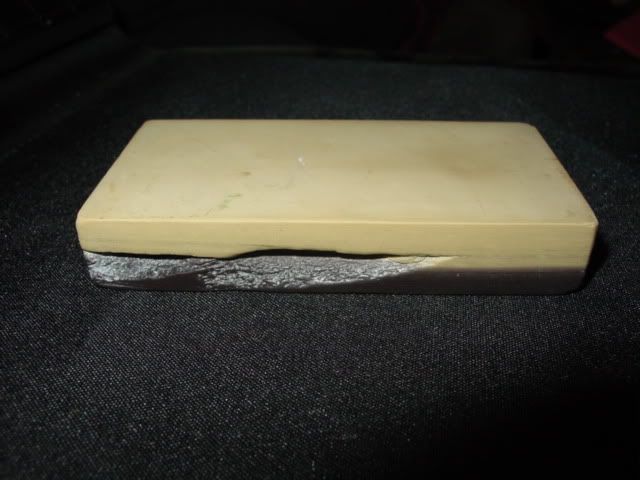
I think this crack is fantastic aesthetically, and am guessing has no effect on the honing? I read up in the wiki, and this looks like a natural coticule/bbw? The size is 2" x 3.5 x 0.5""
The other side: how concerning are the scratches?
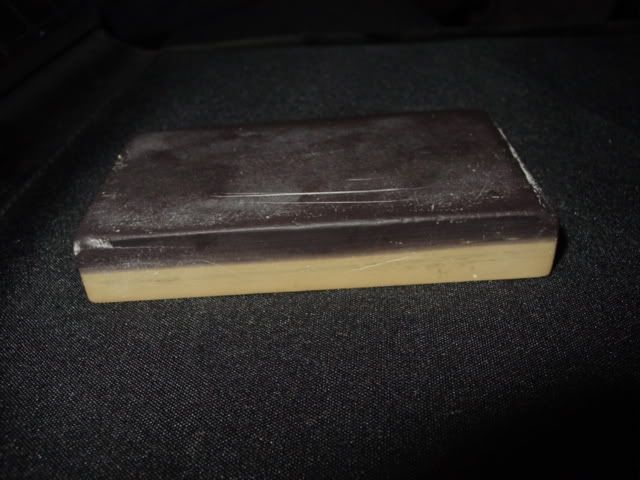
A bigger version of the same type of stone with a concave top as well. Is this from misuse, overuse, a special use, or no use? This stone is 7.5" x 1.25" x 1.25 to 1.5" with a corner clipped off.
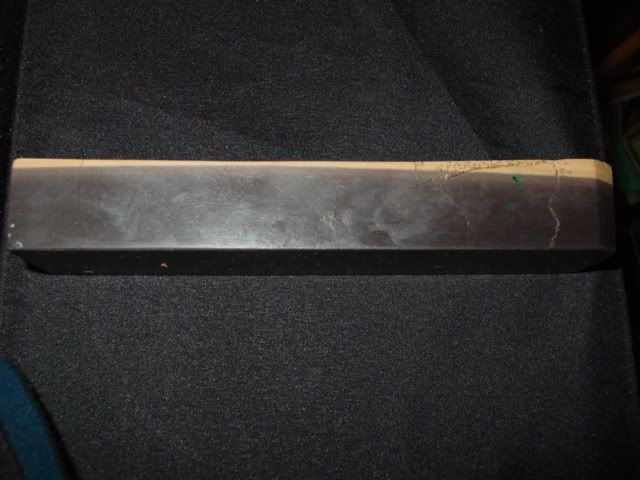
A strange brown half-pipe shaped stone stamped Japan on the bottom with Japan written on one side. Seems more like brick or clay or something molded into shape to me. 3.25" x 1.5", between .25 and .5 thickness.
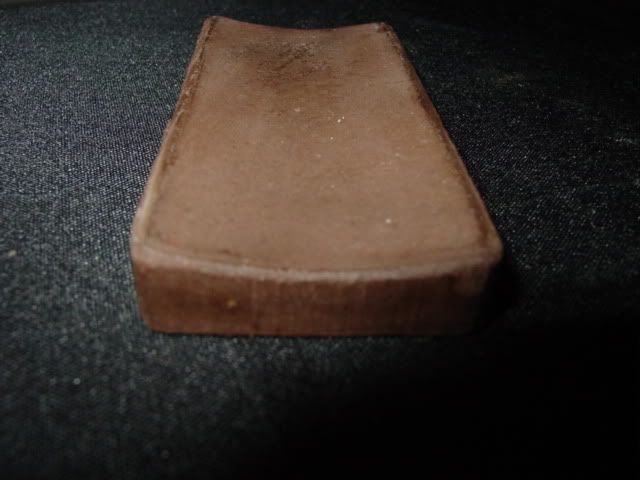
and this one seems darker in person than the photo. Dark grey, 3" x 2" x 1"
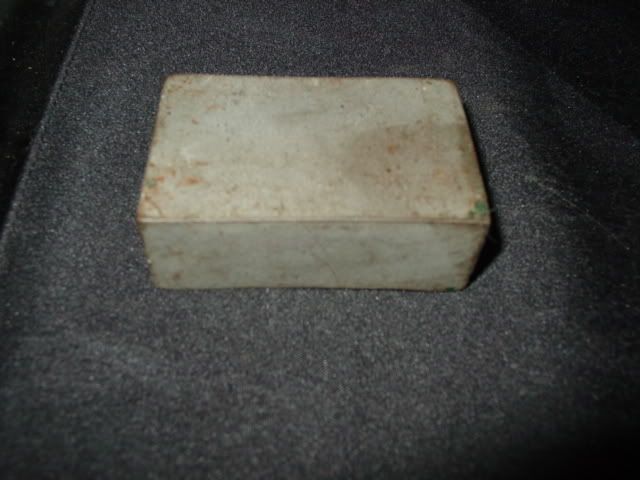
It looks like a pretty good find, though the big coticule's shape seems strange. The small brown stone's shape is obviously intentional, for double-edged blades? Let me know your thoughts and expertise, I'm dying to learn more about these ol' rocks
-
The Following User Says Thank You to dotanuki For This Useful Post:
Disburden (01-21-2011)
-
01-21-2011, 02:18 AM #2

The first three pictures are a vintage coticule, you are right! Enjoy !

-
01-23-2011, 08:24 PM #3Junior Member

- Join Date
- Aug 2010
- Location
- chicago
- Posts
- 9
Thanked: 1
Does anybody know what would cause the large hone to have such a convex top? It seems like that would take hundreds of years to do with proper honing technique, and the curvature would make it far more difficult to maintain a good honing angle. Though I've only ever sharpened pocketknives and a machete or two with a coarse brick of a stone. Is lapping called for? is the thinness of the yellow section mean the stone's life is limited?
-
01-23-2011, 08:37 PM #4
-
01-23-2011, 08:39 PM #5

The last one could be an Japanese hone? Maybe asagi?
-
01-24-2011, 04:39 PM #6

the second hone is for de blades
-
01-24-2011, 04:54 PM #7

I'd doubt the last one is a Japanese stone simply because of the time these were in use. If a natural it is more likely to be a Thuringian, albeit it is a strange size in that it is square.
OP - what are its dimensions?
Possibly a slurry stone for a Thuringian or Escher.
Anyway, nice lot of stones you have there. I hope you put them to good use and cherish them!
-
01-24-2011, 05:07 PM #8

Nice coticule.
I would need more information on the large light gray stone. It's impossible to tell from the pictures whether it's completely smooth and non-porous like the coticule, or, is it a porous stone? Putting water on the stone won't always prove porosity since the stone could have been used with oil or lather.
An extreme close-up would help.
I have a stone identical in color somewhere. However, it's a very fine grained sandstone, it's porous and soft. It's useless IMO for razors since it's a very grainy stone. It freely releases the fine grit which you would think would be a good thing (slurry); however, the grit even though fine for a sandstone, is still large in razor terms.
Chris L"Blues fallin' down like hail." Robert Johnson
"Aw, Pretty Boy, can't you show me nuthin but surrender?" Patti Smith


 LinkBack URL
LinkBack URL About LinkBacks
About LinkBacks






 Reply With Quote
Reply With Quote


